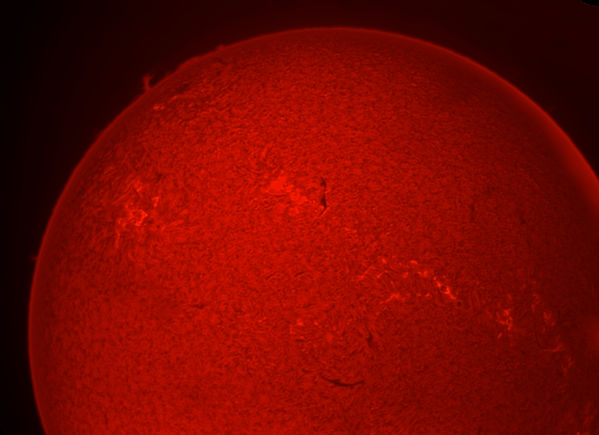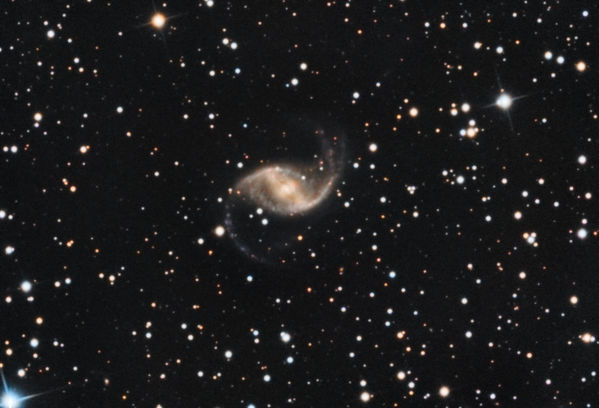UPDATE with 2020-2021 file at the bottom of this post
I like to have the dates and times of the phases of the Moon in my calendar. Years ago, I found a site that provided a vCalendar format file that I could import into Outlook. Unfortunately, the data from that site ended on December 31, 2015.
Fortunately for you, I can provide an update. For those who just want the vCalendar file, you can download Moon-Events-2016-2017.vcs. That file contains calendar entries for all the Moon Phases in 2016 and 2017 and can be uploaded into Outlook with the following steps (this is from Outlook 2016 / Office 365):
- Go to File > Open & Export > Import/Export
- Select “Import from an iCalendar (.ics) or vCalendar (.vcs)” and click “Next”
- Change the file type in the Open dialog to “vCalendar format (.vcs)”
- Navigate to where you saved Moon-Events-2016-2017.vcs, select the file, and click “Open”
- Select “Import” to import the calendar entries into your calendar
Now I will describe how I made the vCalendar file. I first went to the United States Naval Observatory website, specifically to the Phases of the Moon page from the Astronomical Applications Department. From the Moon Phase page, you can generate up to 99 Moon events which are displayed in your browser.
I took that text and pasted it into a spreadsheet. Using Excel text functions I parsed the data so I could build up the required vCalendar syntax. That meant changing the text from the USNO:
Last Quarter 2016 Jan 02 05:30
Into the required syntax for a vCalendar entry:
BEGIN:VEVENT
DSTART:20160102T053000Z
DTEND:20160102T053000Z
SUMMARY;ENCODING=QUOTED-PRINTABLE:Last Quarter
PRIORITY:3
END:VEVENT
Each of those went into a text file and I added a header:
BEGIN:VCALENDAR
PRODID:-//Aschlei//MoonEvents//EN
VERSION:1.0
And a footer:
END:VCALENDAR
I then saved the text file with a .vcs extension and I was able to import the events into Outlook. You can import it into other calendars like Google calendar, but they come with Moon events built in so it generally isn’t necessary.
You can download the Excel file I used with the text parsing and concatenation, Moon-Events-2016-2017.xlsx, if you’d like to try it yourself. I’ll probably download it in late 2017 when I need some more Moon events.
I hope you found this useful.
UPDATE December 26, 2017
I have created a new vCalendar file for 2018-2019. You can also use the updated Excel file too.
UPDATE January 29, 2020
I have not been able to get an updated calendar file done for 2020-2021 as the USNOA web site is offline for updates until April 30, 2020. I am searching for another data source. I found a source for the data and have uploaded a new VCS file.



